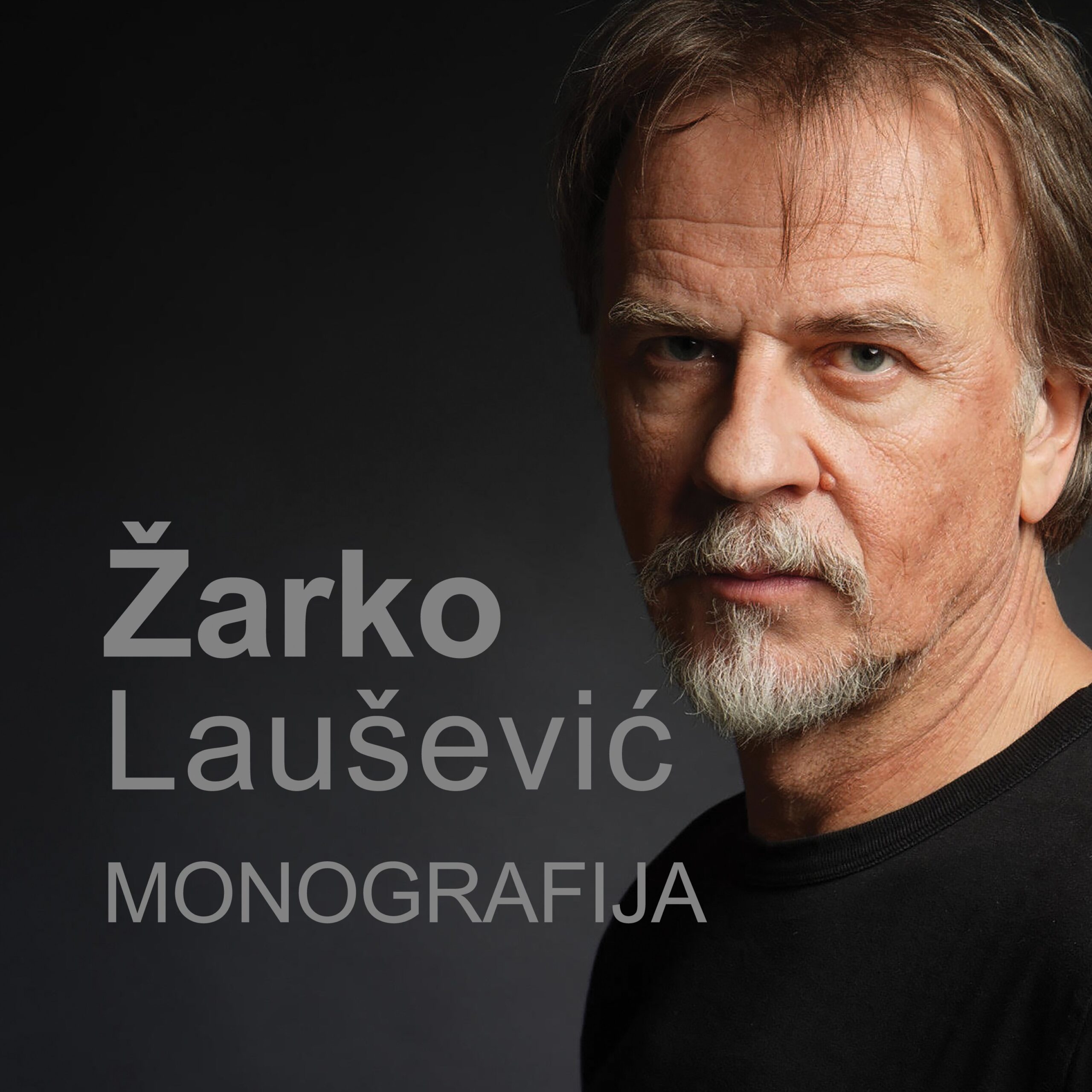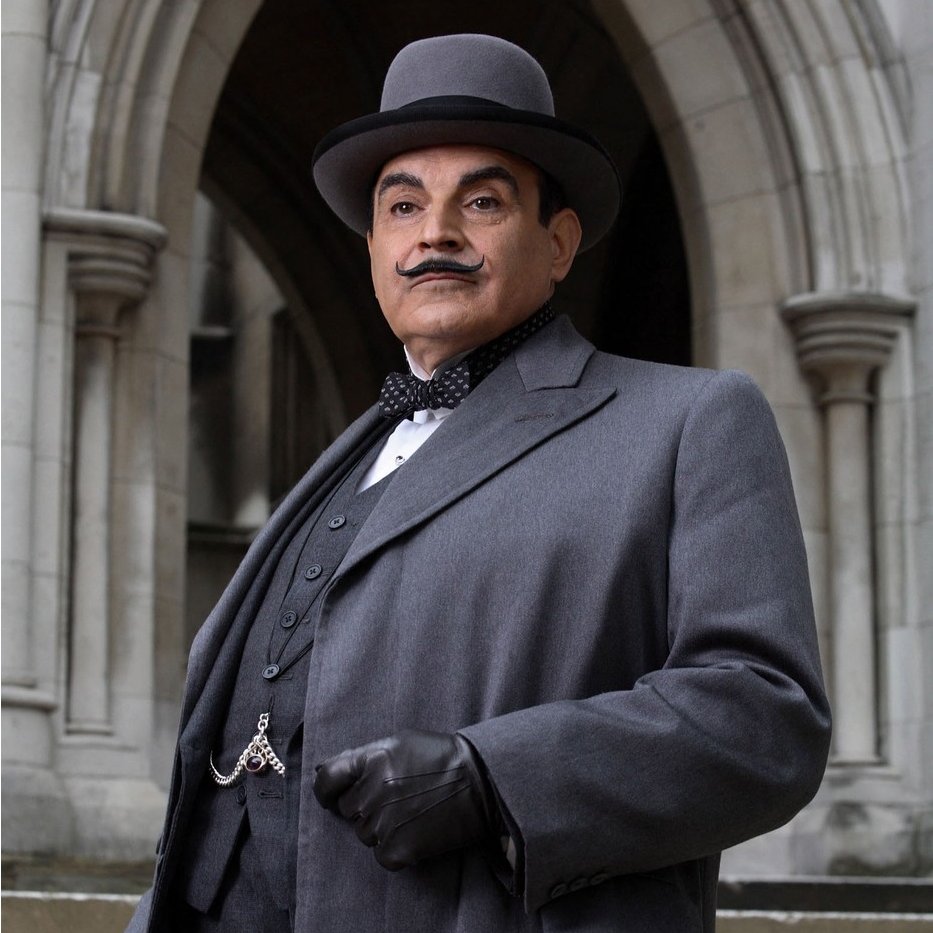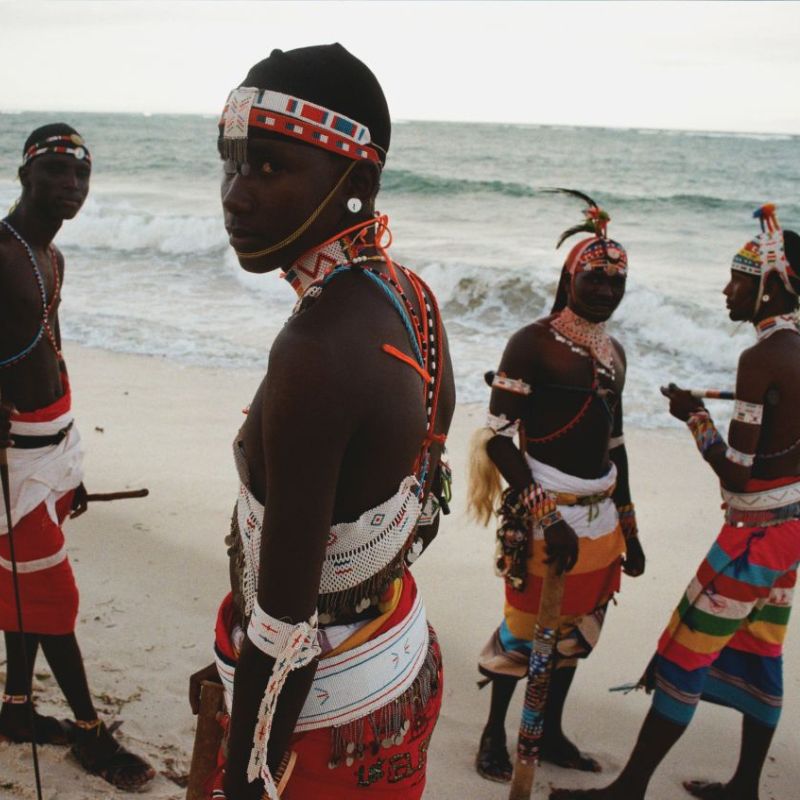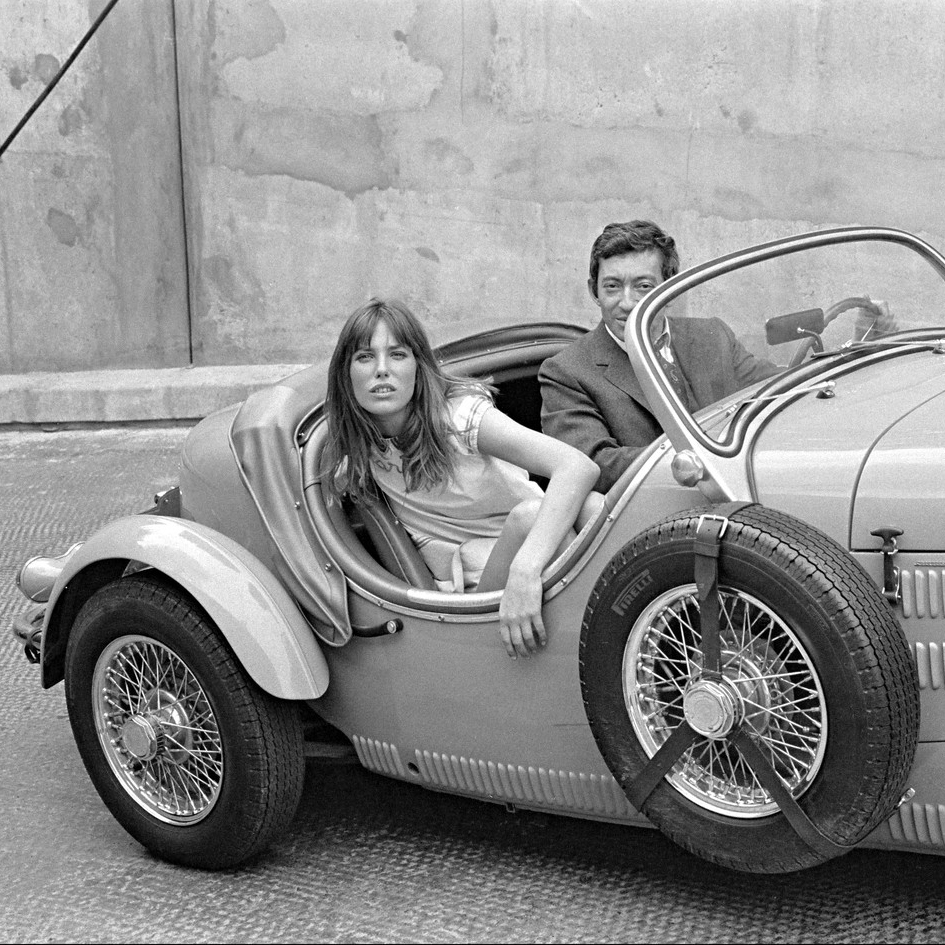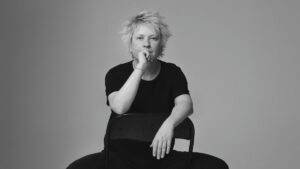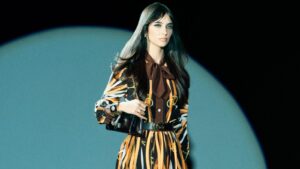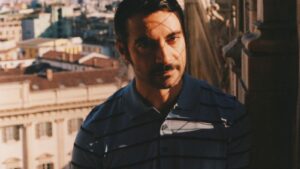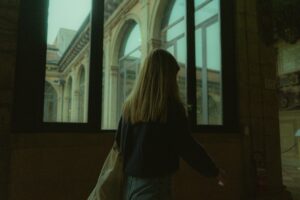Skulpture Nikki de Saint Phalle u Mitterrand galeriji u okviru Frieze Mastersa (vlasništvo Airmail)
Sintagma “Bez presedana” sinonim je za ovogodišnji festival Frieze London, u šta mogu da stanu sati i sati čekanja u VIP redovima, ne bi li se pogledala neka izložba, preko istorijski rekordnog broja žena umetnica, do zapanjujućeg entuzijazma međunarodnih kolekcionara, koji, kao i uvek, kupuju umetnost po astronomskim cenama.
– Izgleda da su se osmesi na lica galerista vratili, zajedno sa apstrakcijom na platna umetnika, kaže savetnik za umetnost iz Londona i Milana, Mattia Pozzoni i dodaje: “Ako se išta moglo predvideti, to je da prodaja ove godine nije manja nego inače, s obzirom na trenutnu ekonomsku klimu. Čini se da je ekonomska nestabilnost mali razlog za brigu kad su kolekcionari u pitanju”.
Frieze je relativno mlad sajam umetnosti. Kada je počeo, davne 2003. godine, puštajući korene iz umetničkog časopisa pod istim imenom, imao je ambiciju da bude ono što je BIjenale u Veneciji. Sadašnja umetnička agenda, ako razmišljamo globalno, nezamisliva je bez Frieze-a, a činjenica da je njegov najveći rival, FIAC iz Pariza, pokušao da ukrade njegovu slavu preklapanjem datuma u 2021, što je učinio i Art Bazel ove godine, nedvosmisleno služi kao dodatni dokaz da Frieze postaje jedan od najvažnijih umetničkih sajmova na svetu.
S obzirom na njegovu međunarodnu popularnost i razmere, Frieze primorava publiku da razmišlja o tome koliko velike stvari mogu imati skromne početke. Kumulativni efekti pandemije virusa korona, plus sve veća potražnja za međunarodnim kolekcionarima koji bi uložili novac u sigurnu, premium imovinu, u ova nesigurna vremena, i uvek relevantna pomama kako bi se održao in the know imidž, stvaraju situaciju koju jedan prosečni posetilac sajma opisuje kao potpuni haos. Ali, galeristi se, u svojim belim odelima, uopšte ne brinu zbog toga. Oni pozdravljaju gomilu koja se gura i, kako bi to opisao jedan londonski galerista: “Zauzetost. To je sjajno! I koliko je samo fer i važno da trenutnu situaciju umetnici, galeristi i galerije maksimalno iskoriste”.
Boje ovogodišnjeg Frieze sajma u Londonu pršte jako i naveliko. Galerija Gagosian živ je primer toga. Ona je, sa svojom privilegovanom lokacijom, poslužila za otvaranje ovogodišnjeg sajma, izložbom velikih apstraktnih slika britanske umetnice Jadé Fadojuti, čija početna cena iznosi 500 hiljada funti.
Jadé je umetnica koja ima samo 29 godina, i nije važno da li ju je u zvezdane visine podigla galerija koja je zastupa ili je to uradila sama, zahvaljujući snazi svog organski gajenog talenta, činjenica je da je većina njenih radova prodata pre nego što su se vrata galerije Gagosian otvorila prvog dana.
Koliko god bio jedinstven slučaj sa Fadojuti, ona nije izuzetak. Mlade žene, među kojima mnoge nisu belkinje, dominirale su na sajmu Frieze. Ove godine istakle su se Sahara Longe kod Timothyja Taylora i Anthea Hamilton, koja je kurirala stand Thomasa Danea i osvoji nagradu sajma za najbolji štand.
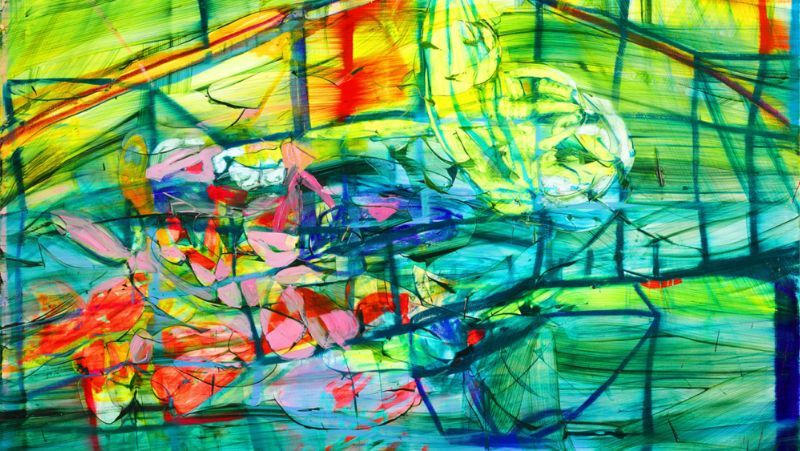
Jadé Fadojutimi, slika ‘A Muddled Mind That’s Never Confined’, vlasništvo Gagosian galerije
Raznolikost i ženstvenost bile su vidljivo prisutne na dnevnom redu i kod ovogodišnjeg gostujućeg kustosa sajma, Sandhini Poddar iz Guggenheima. Tema odabrana za Fokus, poseban deo programa na sajmu koji je ona vodila, bila je sinonim za novi svet čije je stvaranje ona želela da podstakne ili pak nadovezivanje na onaj iz koga smo sami potekli, na iskonsku silu stvaranja – atom.
Veliki broj umetnica bile su pozvane da izlažu u tom prostoru koji je ove godine bio u centru pažnje, nakon čega su se mnogi zapitali – da li je atom simbolično vraćanje ženske energije u univerzum kojim inače dominiraju muškarci? Laure Prouvost, Carolee Schneeman, Sadie Coles, Flora Yukhnovich imena su koja nisu silazila sa usana posetilaca ovogodišnjeg sajma, i galerista i kolekcionara podjednako, a koje su nahvaljene za uspostavljanje rodne ravnoteže u umetnosti.
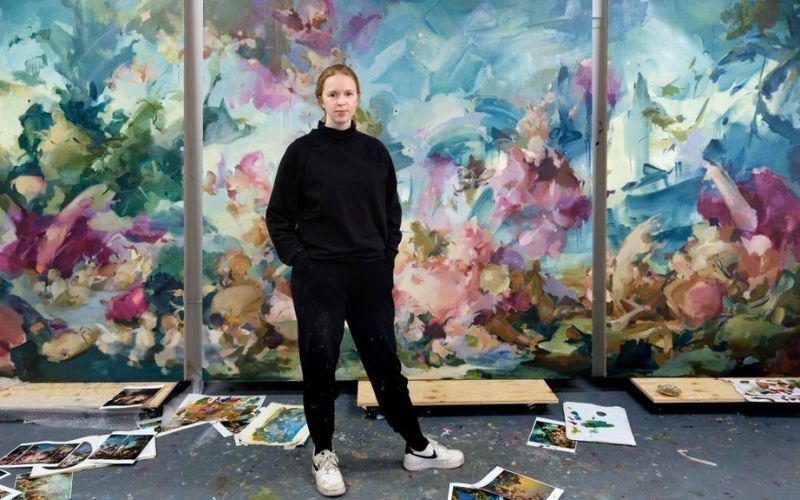 Flora Yukhnovich – vlasništvo umetnice i Victoria Miró galerije
Flora Yukhnovich – vlasništvo umetnice i Victoria Miró galerije
Podjednako vredan pažnje ove godine bio je i Frieze Masters, sestrinski sajam umetnosti u okviru Frieze London: još jedan zvezdani zbornik istaknutih umetnosti koje ne želite da propustite. Šetnjom preko Regent parka, sve do njegovog severnog kraja, upali biste u jedinstveni haos, ali i logiku. Od starogrčkih novčića i rimskih bisti do Demiena Hursta, eksponati su uključivali samo ona umetnička dela proizvedena pre 2000. godine – kaleidoskop jednokratnih, originalnih radova koji obuhvataju vekove.
– Na Frieze Master ljudi dolaze da vide šta se sakuplja, a ne ono što se prodaje, kaže Denis Maximov, belgijski kustos i kritičar umetnosti.
Tu ste mogli videti Joana Miroa u Helly Nahmed galeriji, ovogodišnji najskuplji rad od 30 miliona dolara – uvrnuti muški torso Francisa Bacona naslikanog na narandžastoj pozadini (neuobičajeno veseli rad za Bacona), u galeriji Marlborough, pa Niki de Saint Phelle u galeriji Mitterand i skicu Roya Lichtensteina na displeju u galeriji Castelli.
Haos i red, maskulino i ženstveno (ili bilo šta između) – Frieze je spojio sve u jednu divnu himeru kakva je svet umetnosti i zahvaljujući sadržaju uspeo da se apsolutno zaboravi na neke sitne nedostatke kao što su čekanje u redovima, laktanje ili srednjovekovni rukopisi isečeni na zidovima, nad kojima plaču istoričari umetnosti koji dolaze ovde. Ali, oni čiji je osećaj za estetiku napadnut, mogli su utehu da pronađu u Krugu, koji se služio u salonu Deutche Bank Wealth Management i koji je bio baš taman rashlađen. Bila je tu još jedna utešna opcija – mafin od pistaća i ruže u pekari Gail’s, koja je otvorena u oba umetnička paviljona ove godine.
Slavni kolekcionar iz Njujorka, koji je želeo da ostane anonimanu, takođe je čekao u redu da proba neki od dva mafina, tek pošto je kupio Warhola, peti rad legendarnog umetnika koji ima u svojoj kolekciji.
– Haos je na kraju stvorio red u univerzumu – ja, Warhol i mafin. ispričao je smejući se.
Tekst: Promo
Fotografije: Promo
English here:
Daria Malich : A Review of Frieze London and Frieze Masters
Undaunted by the war or the recession, Frieze London is hitting the zeitgeist with a remarkable turnout, sales, and artistic diversity.
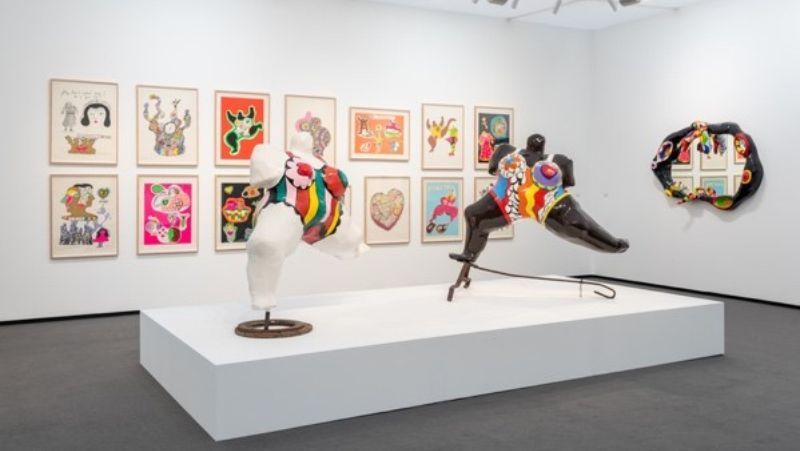 Nikki de Saint Phalle’s sculptures at Galerie Mitterrand’s Frieze Masters booth (Curtesy of Airmail)
Nikki de Saint Phalle’s sculptures at Galerie Mitterrand’s Frieze Masters booth (Curtesy of Airmail)
‘Unprecedented’ seems to be the byword for this year’s Frieze. Starting with hours of VIP queueing, to historic record numbers of women artists presented, to astonishing enthusiasm on the part of international collectors, keen as ever to purchase art at astronomic prices.
‘Looks like smiles are back on gallerists’ faces, together with abstraction on the canvases,’ says the London- and Milan-based art advisor Mattia Pozzoni. ‘If anything could have been predicted, it’s that sales this year weren’t guaranteed, given the current economic climate.’ And yet instability seems to be a minor consideration on collectors’ minds.
Frieze is a relatively young art fair. When it started back in 2003, taking root from an art magazine under the same name, it had the ambition to be what Biennale is to Venice or FIAC to Paris. Yet today’s art calendar is unimaginable without Frieze, and the fact that its arch rival FIAC attempted to steal its thunder with overlapping dates in 2021, and that Art Basel did the same this year, serves as further proof that Frieze has ‘arrived’. Given its international popularity and sheer scale, Frieze truly forces one to appreciate how big things can have small beginnings.
The cumulative effects of the Covid hiatus, added to the increasing demand for international collectors to park their money in premium assets at a precarious time, and the ever-relevant craze of maintaining an image of ‘in the know’, and you get what one visitor described as ‘complete and utter mayhem’. But, the gallerists in their white booths are not put off in the least. They welcome the jostling crowd. As one London gallerist put it: ‘Busy. But it’s a great turn out. And it’s as fair as it is important that the artists and galleries presenting make the most of it.’
This year’s colour bursts big and wide on the canvases. The Gagosian Gallery is a vivid example with its privileged first-see location opening with large, technicolour abstracts from British painter Jadé Fadojutimi, an artist whose selling point starts at five hundred thousand pounds. And she is only twenty-nine years old. Whether she was leveraged to this height by the powerhouse gallery exhibiting her, or through sheer force of organically grown talent, is irrelevant. The result is that most of her works were sold before the doors swung open on the first day.
But, however unique the case with Fadojutimi, she is not an exception. Young women of colour dominate the supply at the Frieze market, like Sahara Longe at Timothy Taylor, or Anthea Hamilton whose curated booth of Thomas Dane won the fair’s prize for the best stand.
 Jadé Fadojutimi ‘A Muddled Mind That’s Never Confined’, Courtesy of Gagosian Gallery
Jadé Fadojutimi ‘A Muddled Mind That’s Never Confined’, Courtesy of Gagosian Gallery
Diversity and femininity were also visibly present on the agenda for this year’s guest curator: Guggenheim’s Sandhini Poddar. The theme chosen for Focus – the special section of the fair Poddar helmed – had been synonymous with the new world it wanted to encourage, or perhaps a harkening to the original one we all hailed from; the primordial force of creation, the atom. Seeing the sheer number of female artists invited to showcase in this spotlight space, one has to wonder whether the atom is a symbolic reinstatement of female energy into the otherwise male-dominated universe that the art world has been for years. But no more. Laure Prouvost, Carolee Schneeman, Sadie Coles, Flora Yukhnovich are the names that fly off the lips of visitors, gallerists and collectors alike, hailed as the fair redress of gender balance.
 Flora Yukhnovich and her heavenly swirls, Courtesy of the artist and Victoria Miró Gallery
Flora Yukhnovich and her heavenly swirls, Courtesy of the artist and Victoria Miró Gallery
Equally noteworthy this year is Frieze Masters, a sister art fair to Frieze London, and another star-studded compendium of highlights you don’t want to miss. A walk across The Regent’s Park to its northern end, is also ruled by its own chaos and logic. From Ancient Greek coins and Roman busts to Damien Hurst, the exhibits include only those works of art produced before the year 2000 – a kaleidoscope of one-off, original pieces spanning centuries. ‘At Frieze Master, people come to see what is being collected, as oppose to what is being sold,’ says Denis Maximov, a Belgian art curator and critic.
Other highlights include Joan Miró at the Helly Nahmad gallery; this year’s most expensive work – Francis Bacon’s $30 million study of male anatomy painted against an orange background (unusually cheerful for Bacon) – at Marlborough Gallery; Niki de Saint Phelle at Gallerie Mitterand; and Roy Lichtenstein’s sketch album scandalously cut up, on display at the Castelli Gallery.
Chaos and order, masculine and feminine (or anywhere in-between) – Frieze blends it all into one delightful chimera that the art world is, making one forget about the drawbacks of queuing, elbowing, or Medieval manuscripts cut up on walls, which art historians pilgrimage here to lament. But for those whose sense of aesthetic is left assaulted, Krug served at Deutsche Bank Wealth Management Lounge is very properly chilled, and offers a fitting consolation. Or, the personally chosen option – a pistachio and rose muffin at Gail’s Bakery, which opened in both pavilions this year. A celebrated collector from New York, who wished to remain anonymous for this article, had been queuing to get one too, fresh from purchasing a Warhol, which he boasted as being the fifth in his collection from the same iconic pop artist. ‘Chaos gave the universe order eventually,’ he says. ‘And me – a Warhol and a muffin.’


